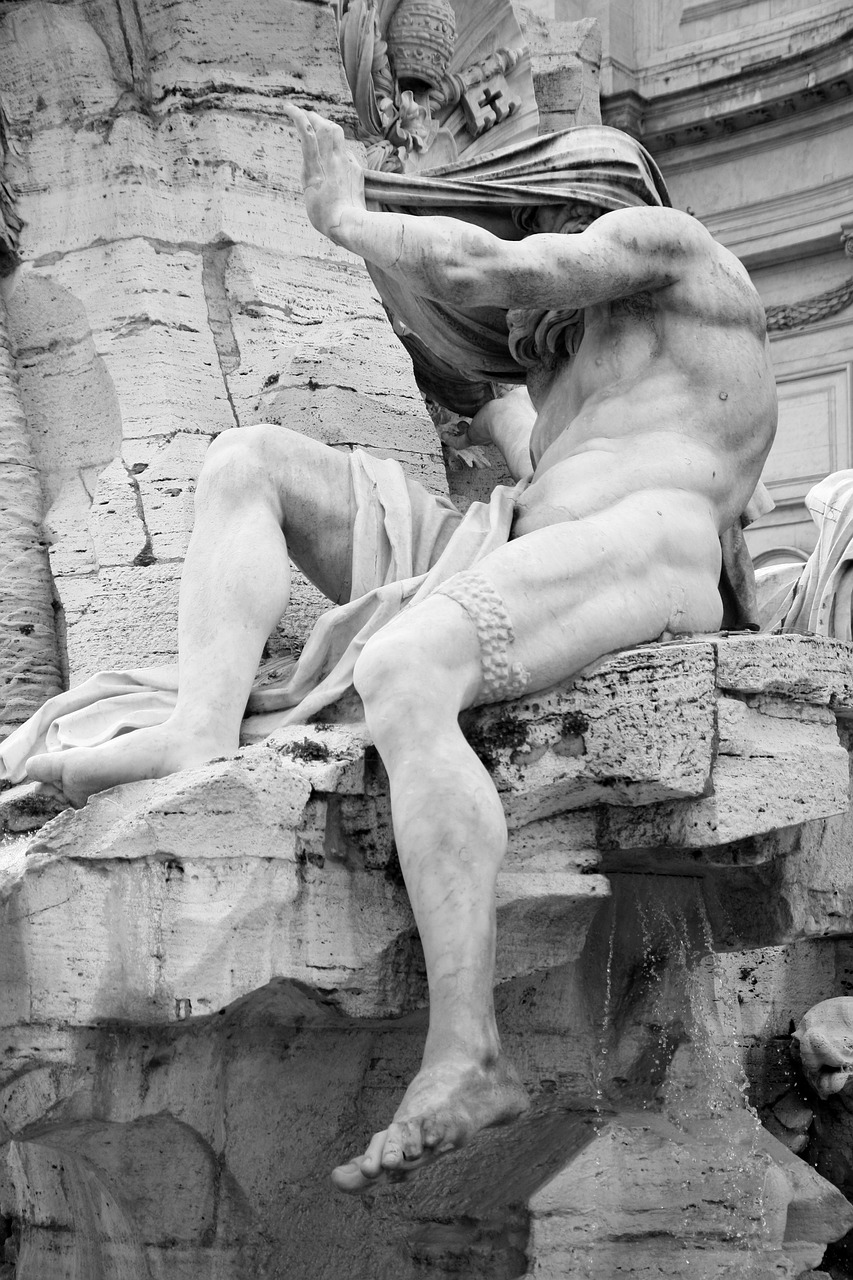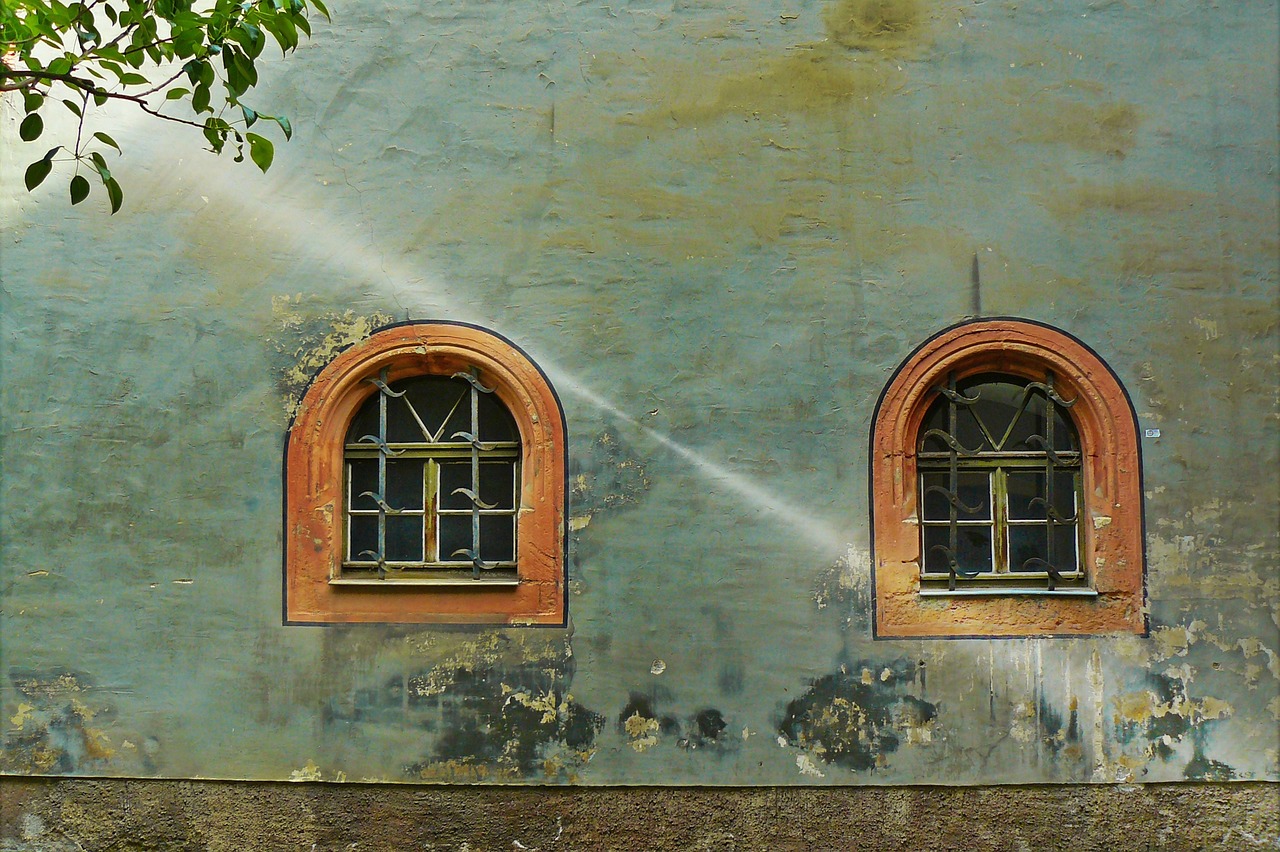In the heart of Sofia, Bulgaria, stands a testament to the rich history and cultural heritage of the Sephardic Jewish community in Europe. The Sofia Synagogue, known as Europe’s majestic Sephardic gem, is a striking architectural masterpiece that captures the imagination and stirs the soul.
With its grand domed structure and intricate design details, this synagogue is not only a place of worship but also a symbol of resilience and hope. Stepping inside the synagogue, visitors are transported to a world of beauty and reverence.
The octagonal prayer hall, adorned with semicircular niches and exquisite artistry, creates a sacred atmosphere that envelops all who enter. The women’s prayer room, situated above the niches, adds to the sense of spiritual connection and unity.
Beyond its architectural splendor, the Sofia Synagogue is also home to the Jewish History Museum, which delves into the rich and complex history of Jewish communities in Bulgaria. Through its exhibits and displays, the museum sheds light on the heroic efforts to rescue Bulgarian Jews during the dark days of World War II.
For those seeking a glimpse into the past and a deeper understanding of the human spirit’s triumph over adversity, the Sofia Synagogue and Jewish History Museum offer a captivating journey. Explore this magnificent Sephardic gem and discover a world where history and faith intertwine in harmony.
Key Takeaways
- Sofia Synagogue is the largest Sephardic synagogue in Europe.
- The synagogue is located in Sofia, Bulgaria and was completed in 1909.
- The synagogue has a magnificent architecture with a central domed building and a narthex.
- The synagogue also houses the Jewish History Museum of the Organization of the Bulgarian Jews Shalom, which focuses on the rescue of Bulgarian Jews during World War II.
Architecture and Design
The Sofia Synagogue in Sofia, Bulgaria, showcases magnificent architecture with its central domed building, narthex, octagonal prayer hall, and semicircular niches, making it a significant example of Sephardic design in Europe.
The synagogue’s architecture reflects the influence and inspiration of Sephardic Jewish traditions, while also incorporating elements of Bulgarian and European design.
The preservation and restoration of the synagogue have been key in maintaining its original beauty and historical significance. Despite being partially destroyed during the bombing of Sofia in 1944, the synagogue has been meticulously restored to its former glory.
The intricate details of the facades, including architectural elements, plastic ornaments, and stone carvings, are a testament to the skill and craftsmanship of the builders.
The Sofia Synagogue stands as a symbol of cultural heritage and religious tolerance, attracting visitors from all over the world.
History and Significance
Constructed in 1909, the Sofia Synagogue stands as the largest Sephardic synagogue in Europe, serving as a significant religious and cultural landmark in Bulgaria. The synagogue played a crucial role in the lives of Bulgarian Jews, especially during World War II. During this time, Bulgaria was under Nazi influence, and the Jewish population faced persecution and deportation in other European countries. However, due to the efforts of the Bulgarian people and the leadership of religious figures, including the Chief Rabbi of Bulgaria, the majority of Bulgarian Jews were saved from deportation. The synagogue served as a place of refuge and coordination for these rescue operations. Today, the Sofia Synagogue continues to commemorate and educate visitors about the bravery and resilience of Bulgarian Jews during this dark period in history.
| ——————— | ——————— | ——————— | Emotional Response | Objective Analysis | Contextual Support | |
|---|---|---|---|---|---|---|
| Gratitude | Historical Significance | Rescue operations | ||||
| Inspiration | Cultural Landmark | Religious figures | ||||
| Reverence | Educational Purpose | Nazi influence | ||||
| ——————— | ——————— | ——————— |
Jewish History Museum
Situated in the corner of Ekzarh Yosif and G. Washington streets, the Jewish History Museum of Sofia Synagogue has been operating since 1992, focusing on the rescue of Bulgarian Jews during World War II.
The museum serves as a testament to the heroic efforts made by the Bulgarian Jewish community in saving their fellow citizens from the atrocities of the Holocaust.
Through its two permanent exhibitions, the museum sheds light on the experiences of Holocaust survivors and showcases the rich history and vibrant culture of the Bulgarian Jewish community.
Visitors to the museum can explore artifacts, photographs, and personal narratives that provide a deeper understanding of the challenges faced by Bulgarian Jews during this dark period in history.
By preserving and sharing these stories, the Jewish History Museum aims to educate and inspire future generations to stand against prejudice and injustice.
Frequently Asked Questions
What are the visiting hours of Sofia Synagogue and its History Museum?
The visiting hours of Sofia Synagogue and its History Museum are Sunday to Friday from 09:00-17:00. The museum offers two permanent exhibitions on Jewish communities in Bulgaria and the Holocaust, with a focus on the rescue of Bulgarian Jews during World War II.
Are there any other attractions in Sofia that are recommended to visit?
Top attractions in Sofia, Bulgaria include Vitosha Mountain, offering breathtaking views and outdoor activities, and the Alexander Nevsky Cathedral, a stunning architectural masterpiece and important religious site in the city.
Is there a Tourist Information Center in Sofia?
Yes, there is a tourist information center in Sofia. It is open Monday-Friday from 9:00-18:00 and provides information about various attractions in the city. Contact information: Tel: +359 2 983 12 73.
Who is the building of Sofia Synagogue currently owned by?
The Sofia Synagogue, Europe’s largest Sephardic synagogue, is currently owned by the Ministry of Tourism. Restoration efforts have been made to preserve the synagogue’s magnificent architecture and its historical significance as a place of worship and a museum.
Are there any virtual resources available to explore Sofia Synagogue and its History Museum online?
Virtual tours and online exhibits of Sofia Synagogue and its History Museum are available. These resources provide an opportunity to explore the synagogue’s architectural features, interior decorations, and the museum’s permanent exhibitions on Bulgarian Jewish communities and the Holocaust.










